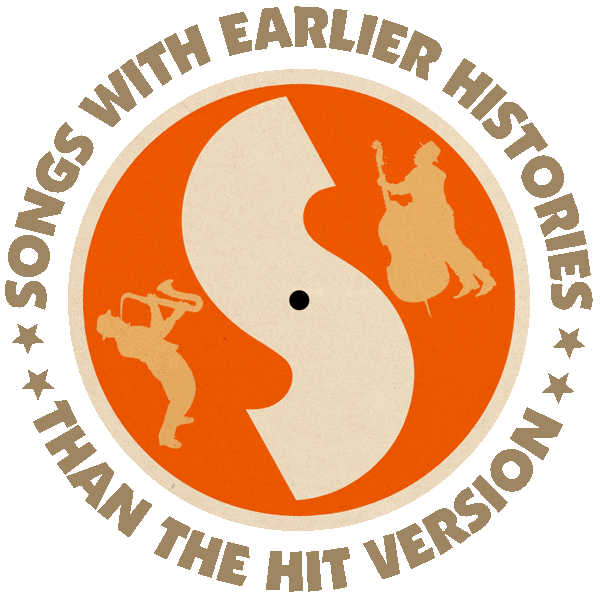First recorded (as “Happy Day”) by The Trinity Choir (1913).
Hit versions by The Edwin Hawkins Singers (recorded 1967 |US #4/UK #2/CAN #2/IRE #2/GER #1 1969), Glen Campbell (US #40/MOR #7/C&W #25/CAN #11 1970).
From the wiki: “The popular recording of ‘Oh Happy Day’ was a 1967 gospel music arrangement of an 18th-century hymn with an equally long long pedigree. It was written in the mid-18th century (‘O happy day, that fixed my choice’) by English clergyman Philip Doddridge, based on Acts 8:35 and set to an earlier melody (1704) by J. A. Freylinghausen. By the mid-19th century it had been given a new melody by Edward F. Rimbault, who also added a chorus, and the song was commonly used for baptismal or confirmation ceremonies in the UK and US. Hawkins’ new arrangement contained only the repeated Rimbault refrain, with all of the original verses omitted.
“The first known recording dates from July 17, 1913, on Victor 17499, by the Trinity Choir.

